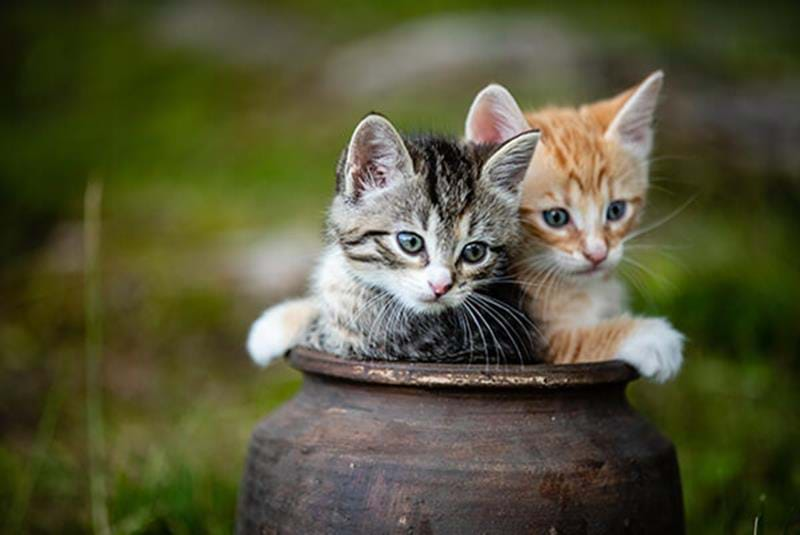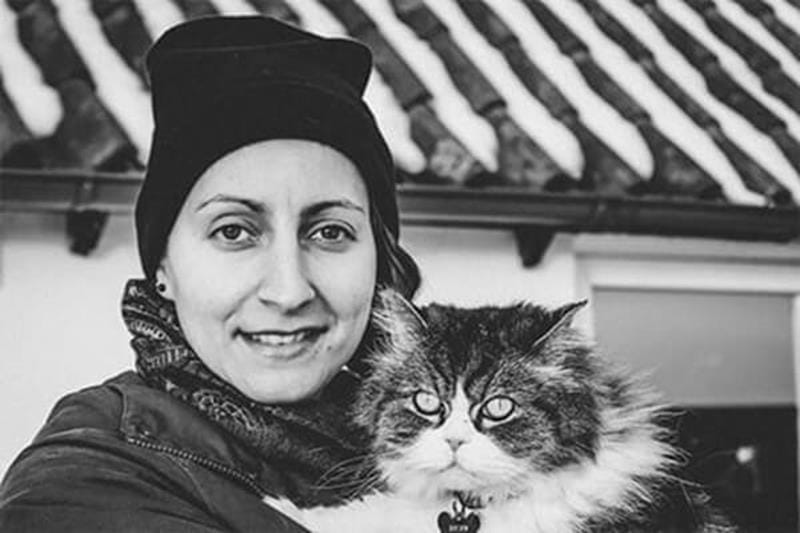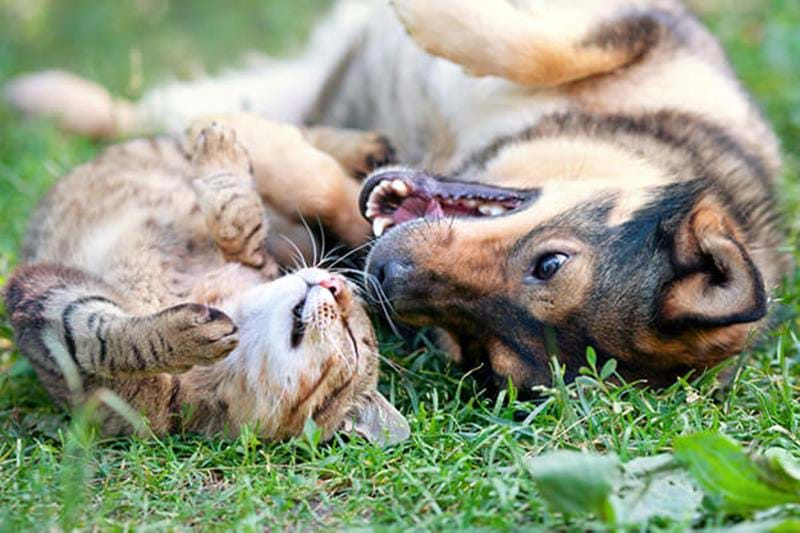Time to go to the vet or a short holiday? For many cats, and cat owners, this means a stressful situation as cats are creatures of habit and are most secure in their familiar environment.
Travelling and visiting the vet doesn’t need to cause dread. You can receive help to train your cat and kitten to become used to new experiences. This is how to reduce the risk of these situations causing a negative response from your cat.
TRAIN YOUR CAT WITH REWARDS
As pet owners, we expect cats to deal with lots of everyday situations that may be unnatural for cats. For example, visits to the vet or daily care procedures like claw clipping or fur brushing. As a pet owner, you can help your kitten cope with these and other unfamiliar situations by training them. Cats respond well to reward-based training. With this type of training you reinforce good behaviour with rewards so that they are more likely to become established rather than negative reactions. This is called positive reinforcement. Rewards are different depending on the individual. A reward could be a treat or being stroked or brushed. The important thing is that the cat perceives it as positive and rewarding.
TRAIN CATS AND KITTENS GRADUALLY
One way to work with positive reinforcement is by tackling parts of the behaviour step by step, rather than all at once. These parts then combine to create the desired outcome. You can use this method when the cat is faced with a new situation, for example brushing its teeth, cutting its claws or using a new travel cage. A travel cage is a stressful experience and it pays to create a positive connection with the cage through rewards and familiarisation before it is used.
WHAT TO CONSIDER WHEN TRAINING YOUR CAT
Here is an example of how you can train your kitten to use a transport cage without stress. A similar approach, where the final behaviour is divided into smaller steps, can be used to train the kitten for any situation from claw clipping to using a lead. In this example, treats are used as a reward, but this can be exchanged for play or cuddling depending on how the kitten responds. If at some point the kitten appears stressed, you need to stop and roll the training back a few steps for next time.
- Train your kitten to become used to a transport cage. Create a positive connection to the transport cage by leaving it out at home (without a door) and feeding the kitten with treats, first near the cage and then in the cage.
- Train your kitten to become used to its transport cage. When the kitten is comfortable staying in the cage, and voluntarily enters it, you can put the door on. Start by just closing the door, rewarding the kitten and reopening the door. Increase the time the door is closed slowly, for example for 3 seconds, give a reward and open the door. Continue to slowly increase the time in the cage based on how the kitten reacts.
- Get the kitten used to moving in the transport cage. When the kitten is comfortable being in the cage for a long time (about three minutes), you can start by lifting the cage and lowering it and then rewarding the kitten. Then you can start moving the transport cage short distances. First around your home and then down to the car and back. Continue to reward your cat.
- Get your cat used to its transport cage. When the kitten can manage this, by staying calm and accepting its rewards, you can begin with starting the car and driving short distances with the kitten. Continue to reward your cat. It’s also good if the first trips result in something that the kitten experiences as positive, such as getting out of its cage and eating its favourite food.
- Maintain the kitten’s positive image of the transport cage. Keep the transport cage (without a door) accessible at home so that the kitten continues to experience it. Keep rewarding the kitten in the cage from time to time.
TRAIN YOUR CAT WITH POSITIVE EXPERIENCES
It is better for a kitten to experience a new situation gradually, rather than trying to train them when it is encountered for the first time in the real world. It is better for the first visit to a vet to be for a treat, rather than a vaccination or examination. Many clinics offer the opportunity for cats to visit for familiarisation and remove some of the fear of the vet. The cat has a positive experience on its first visit to the clinic and this makes it easier for the staff during future treatments.
WHEN CATS TRAIN US
It’s not just us training our cats, our cats train us. Cats learn very quickly to link their behaviour (actions) and desirable consequences that are perceived as rewarding. This can range from miaowing at night resulting in more food (the reward) to scratching on the door resulting in someone opening the door (the reward). That’s why it’s good to think through what behaviours you will accept and only reward those behaviours. If you have already rewarded a behaviour and regret it, it’s easier to replace the behaviour with something that is acceptable than to train it out (get rid of it). For example, if the cat scratches on the door to signal that it wants to get out and this is undesirable, it is easier to find an acceptable behaviour such as hanging something for the cat to use as a signal, rather than ignoring the cat in an attempt to stop the behaviour.
Article by: Elin Hirsch, Bozita’s own cat expert, doctor in ethology specialising in cat behaviour.







